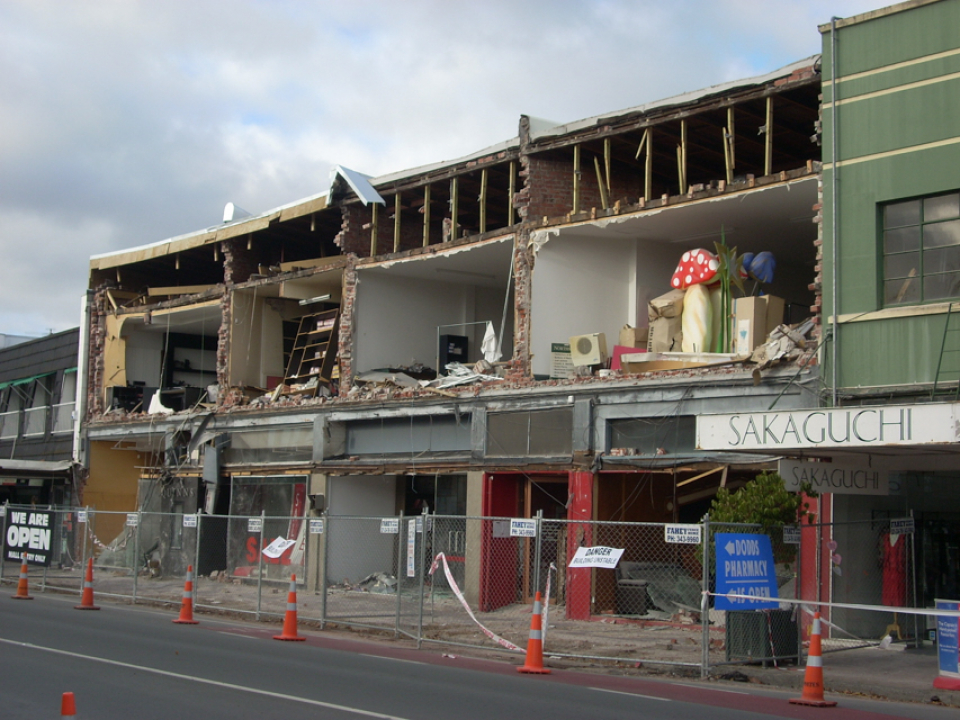Post Earthquake Thriving

Does a major earthquake totally disrupt lives?
At the Resilience Checkin we believe that “most people cope with most things most of the time”. This is, in a way, our operational definition of ‘resilience’. But it is a hard concept to quantify and it is often difficult for people to accept. Especially when we are confronted on a daily basis with images of suffering oppression and despair.
“Resilience” appears to be a combination of pre-existing factors and post-event support. We call these pre-existing factors your personal “Resilience Profile”. (Want to check your own Resilience Profile? More information on how I can help you with this can be found on this website).
Resilience is made up of a series of different components which work together to provide protection and encourage flourishing. The stronger the individual components that make up your profile the more your thriving is enhanced and your resilience protected.
Recent research has been published that indicates support for this view. In 2010 and 2011 a series of severe earthquakes severely impacted the city of Christchurch, New Zealand and the surrounding area. 182 lives were lost and large sections of the city were damaged or destroyed. Dr Ben Beaglehole, and three colleagues in the Department of Psychological Medicine, University of Otago, set out to determine the impact of these earthquakes on adolescents as they were leaving high school.
The authors of the study investigated four areas of school leavers lives, including school disengagement, academic failure, school rolls and earthquake impaired grades.
An article in the New Zealand Herald (14 December 2016) summarised the study with these comments; after analysing the data, their findings concluded that the "adolescent period of school leaving has largely been unaffected" by the Canterbury quakes.
In none of the four areas studied were negative impacts found. The authors hypothesised that factors for the lack of negative effects could have included “resilience being the norm when a population is exposed to a disaster, with detrimental effects only being found in for [sic] a minority of the population coupled with the possibility that post-traumatic growth improves the mental health of some”.
The study “also suggested that health-promoting initiatives put in place by government agencies in the disaster's aftermath helped with "community cohesiveness" and in managing stress.”
My conclusion is that this study supports the idea that “most people cope with most things most of the time”. People are generally more resilient than the media and, at times, the Psychological community, allows and given a good resilience “profile” and ongoing post-event social support most people not only cope but may even thrive when placed under considerable stress.
The study can be found here: Beaglehole, B., Bell, C., Frampton, C. and Moor, S. (2016), The impact of the Canterbury earthquakes on successful school leaving for adolescents. Australian and New Zealand Journal of Public Health. doi: 10.1111/1753-6405.12625
The NZ Herald article can be found here: http://www.nzherald.co.nz/nz/news/article.cfm?c_id=1&objectid=11766109
Read next
A Brief Collapse of Time
We are in lockdown. What day is it? One of the most common comments on social media is the old joke about yesterday, today, tomorrow, everyday.
Read more50 Dead - Resilience Reflection #3 - Social Cohesion
We know that relationships are both protective and growth-promoting. The concept of social support has been discussed in the literature for many years, and we are beginning to understand just...
Read more

